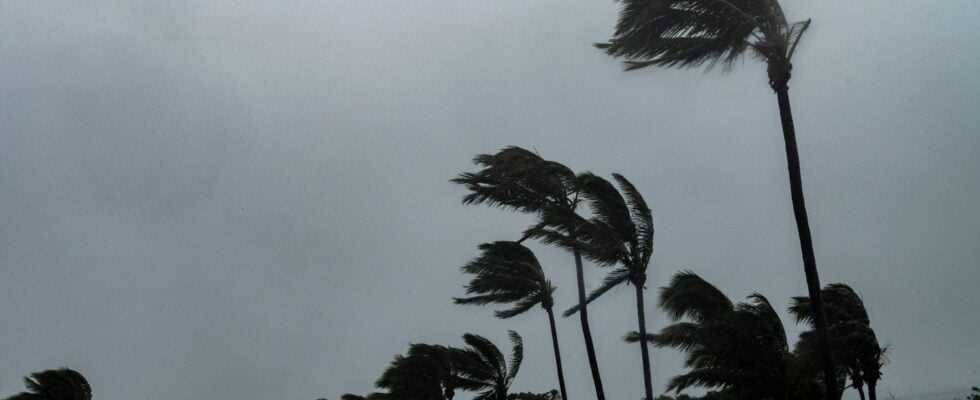At least six people died when tropical cyclone Batsirai passed through Madagascar overnight from Saturday to Sunday, forcing nearly 50,000 people to leave their homes and face the risk of flooding. The head of disaster management in Madagascar, Paolo Emilio Raholinarivo, reported in a text message to AFP that six people died and nearly 48,000 displaced, according to a provisional report.
The Malagasy authorities previously indicated that the cyclone was losing its power but that floods were still to be feared. According to Météo-Madagascar, Batsirai should “go out to sea in the Mozambique Channel at the level of the northern part of Atsimo Andrefana in the afternoon or next night”. The inhabitants had prepared to cope with the means at their disposal on the island, one of the poorest countries in the world, already hit by a deadly tropical storm in January, Ana, and swept since Friday by the wind and continuous rain.
A wave-swept graveyard
In the city of Mahanoro (east), overlooking the sea, Marie Viviane Rasoanandrasana, sitting on the ground, lamented the damage caused by the cyclone in the municipal cemetery where her husband, father-in-law and daughter are buried. The waves swept away part of the cemetery, digging up several bodies, including those of his family. “We are sad (…) We have already had damage to the house because of the cyclone. Now this!”, Lamented this 54-year-old widow. “Daily life is already very hard,” she continued, before explaining that the remains would be placed in temporary graves until her family raised enough money for “proper burials”.
In the coastal town of Vatomandry (east), hours before Batsirai’s arrival, more than 200 people had crowded into a room in a Chinese-owned concrete building for protection, with families sleeping on mats or mattresses.
Lack of drinking water
A local official, Thierry Louison Leaby, complained about the lack of drinking water, the supply having been cut before the storm. “People are cooking with dirty water,” he said, fearing an outbreak of diarrhea. “The government absolutely has to help us. We haven’t been given anything.” Outside, dishes and plastic cups collected rainwater pouring from corrugated iron roofs, often reinforced with heavy sandbags or jerry cans.
The director of the World Food Program (WFP) for Madagascar, Pasqualina Di Sirio, said she anticipated “a major crisis” on the Big Island, where the cyclone could affect more than 600,000 people, including 150,000 displaced. “We are very nervous,” she told reporters by videoconference. Search and rescue teams have been placed on alert, stocks of supplies have been prepared and planes are ready to intervene in support of the humanitarian response. Each year during the hurricane season (from November to April), about ten storms or cyclones cross the south-west of the Indian Ocean, from east to west.
